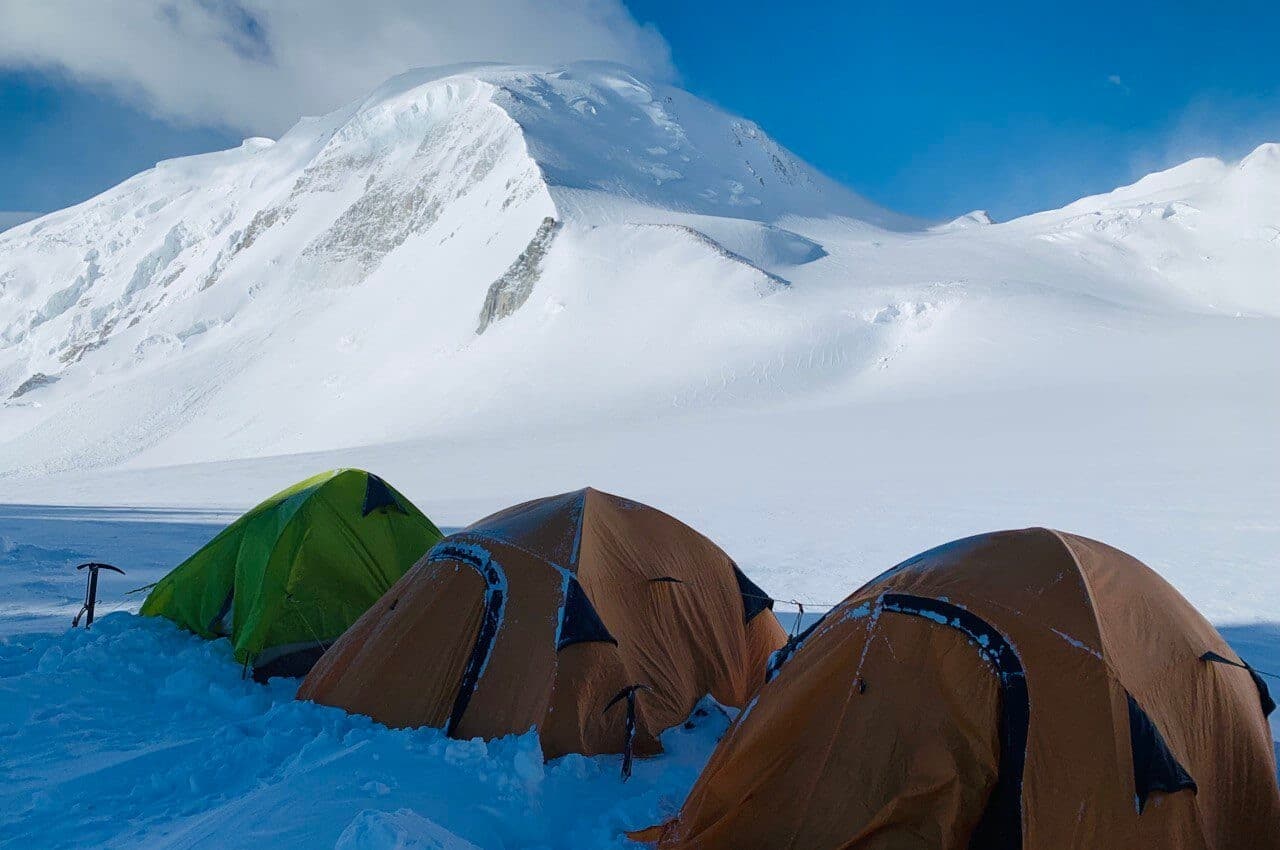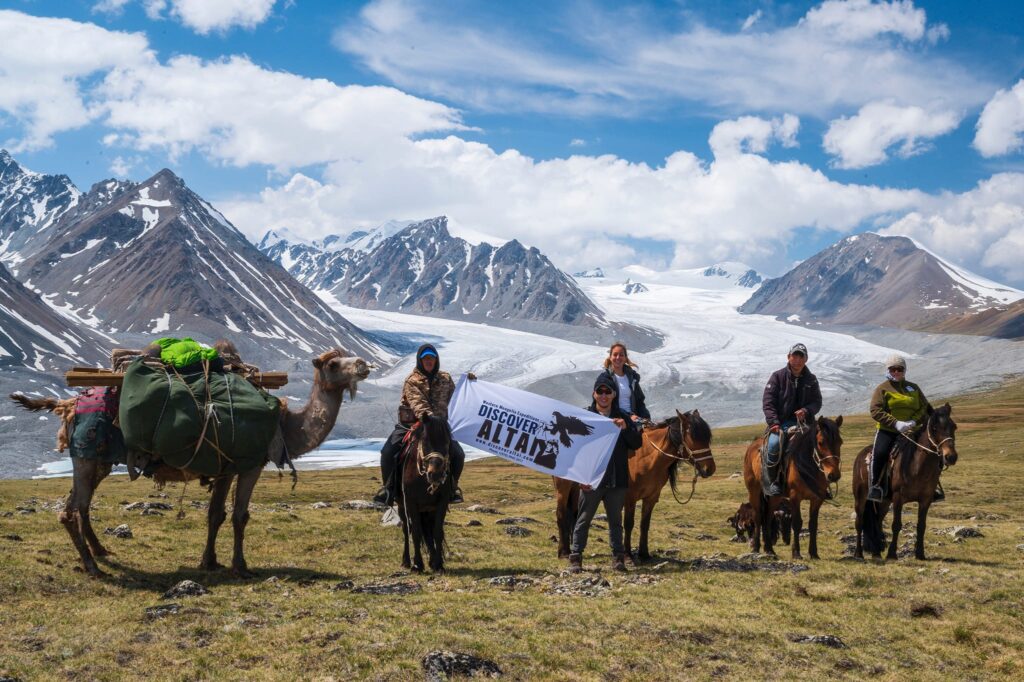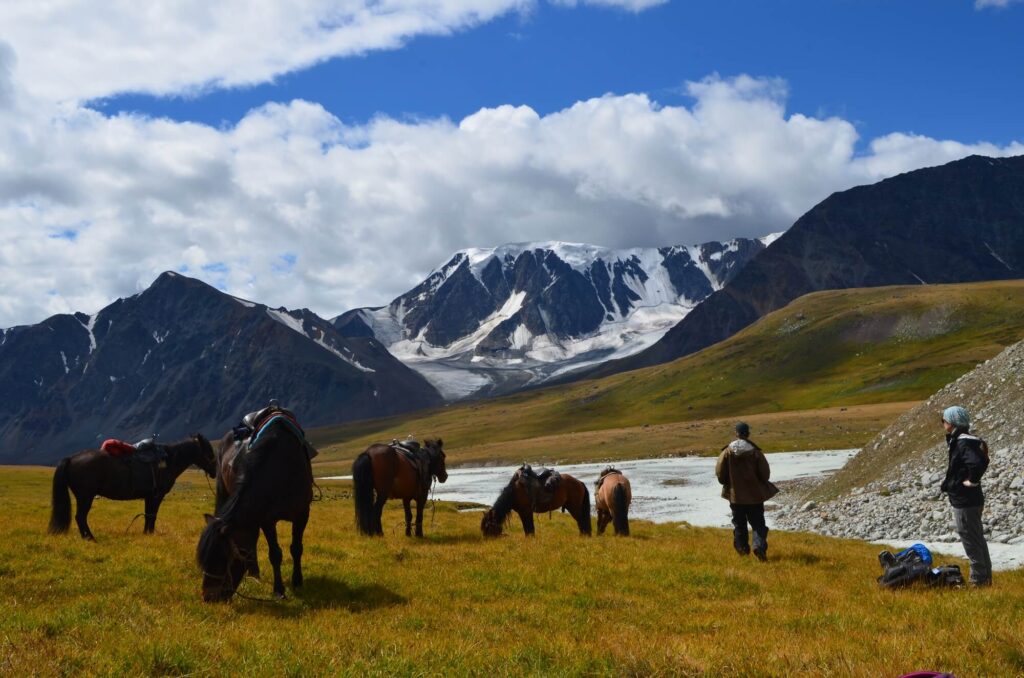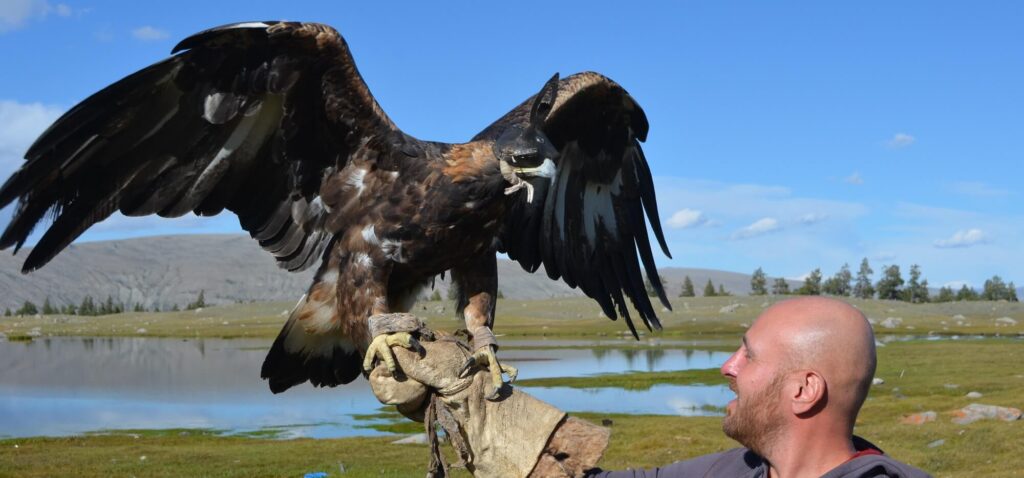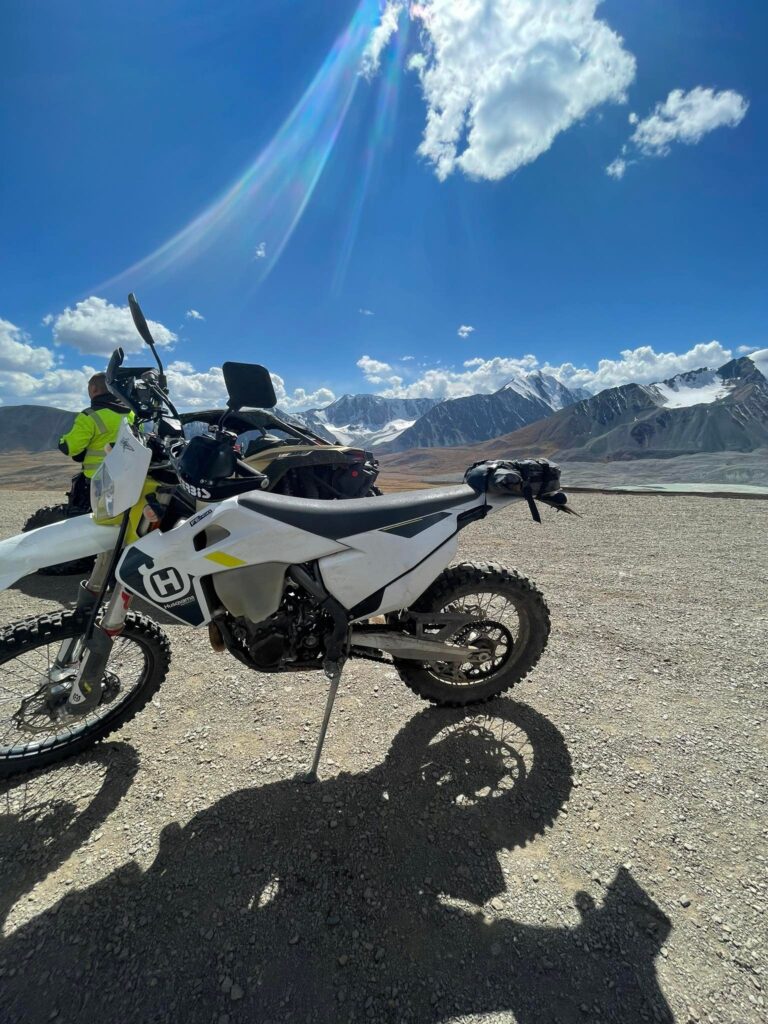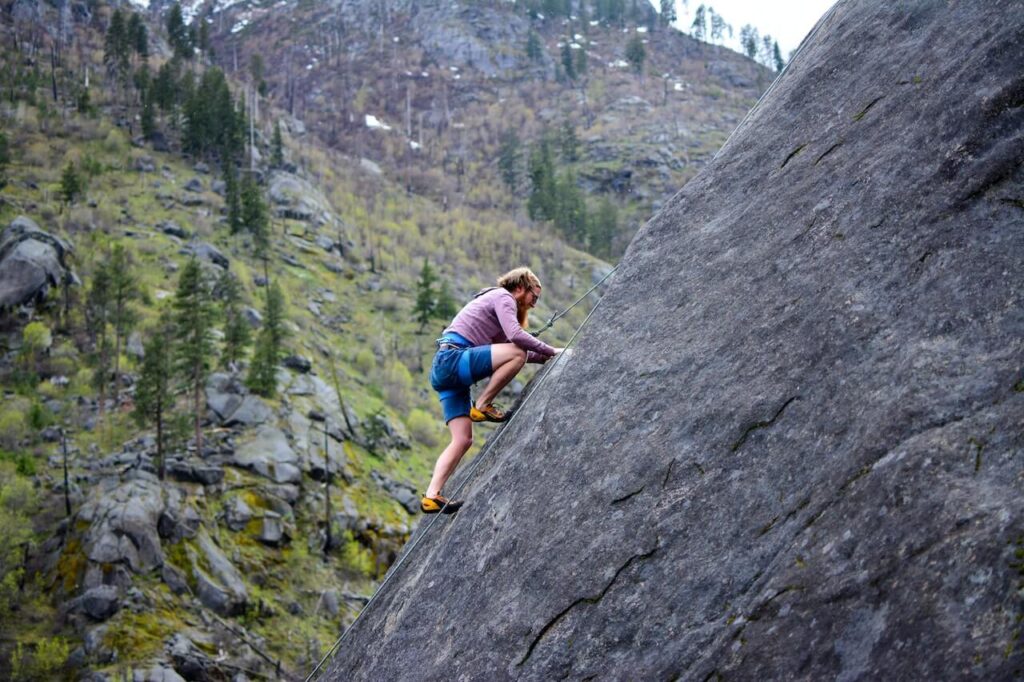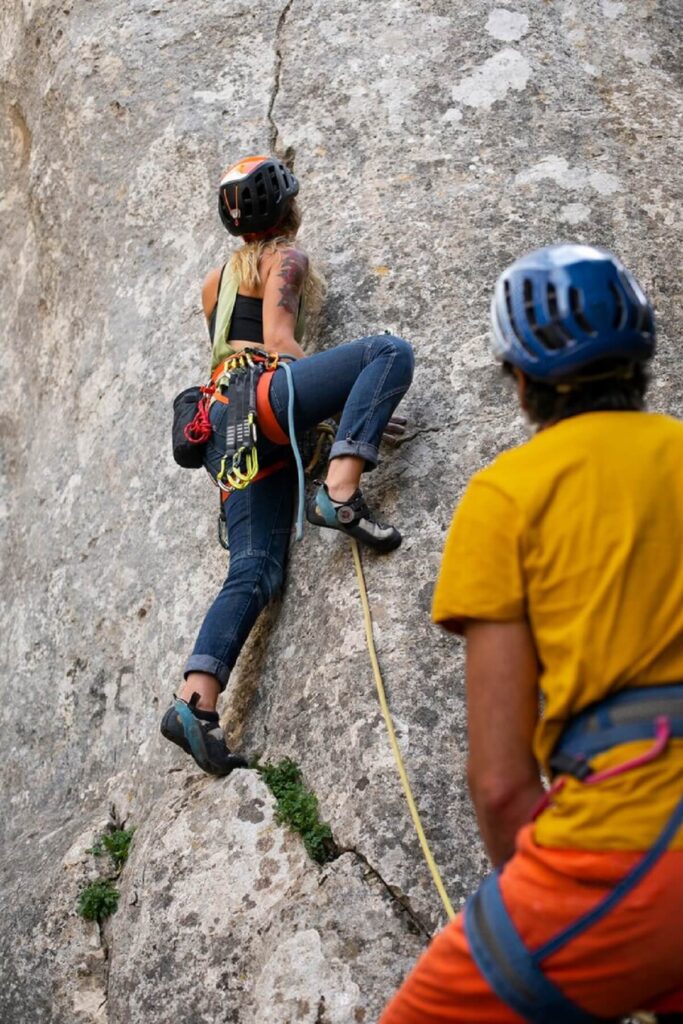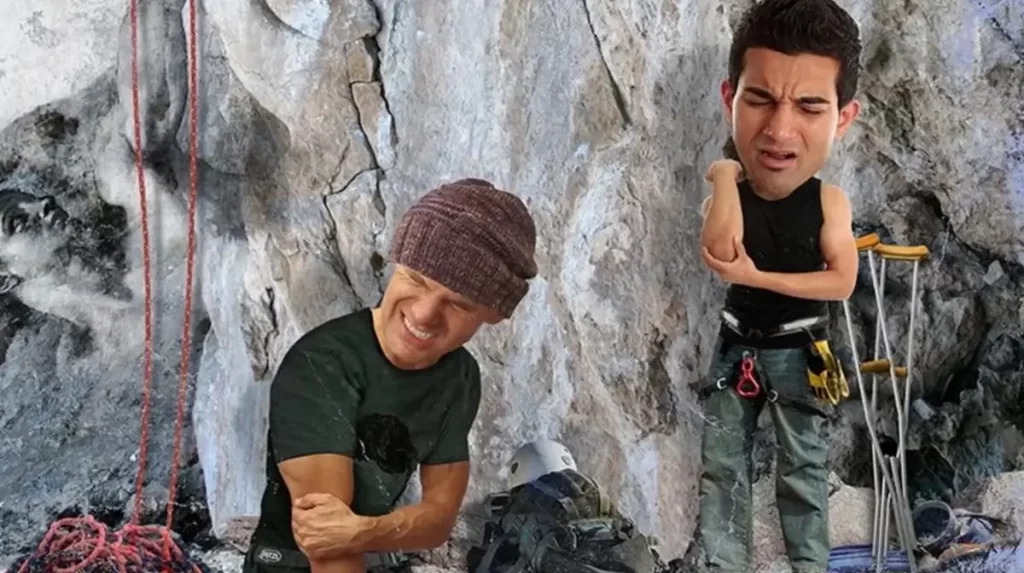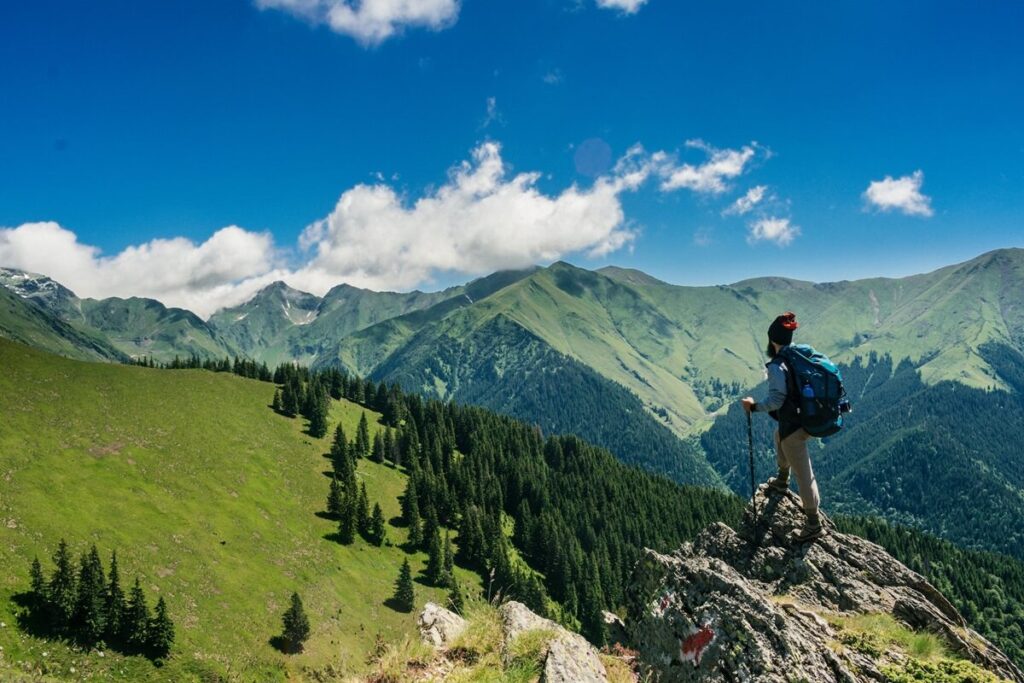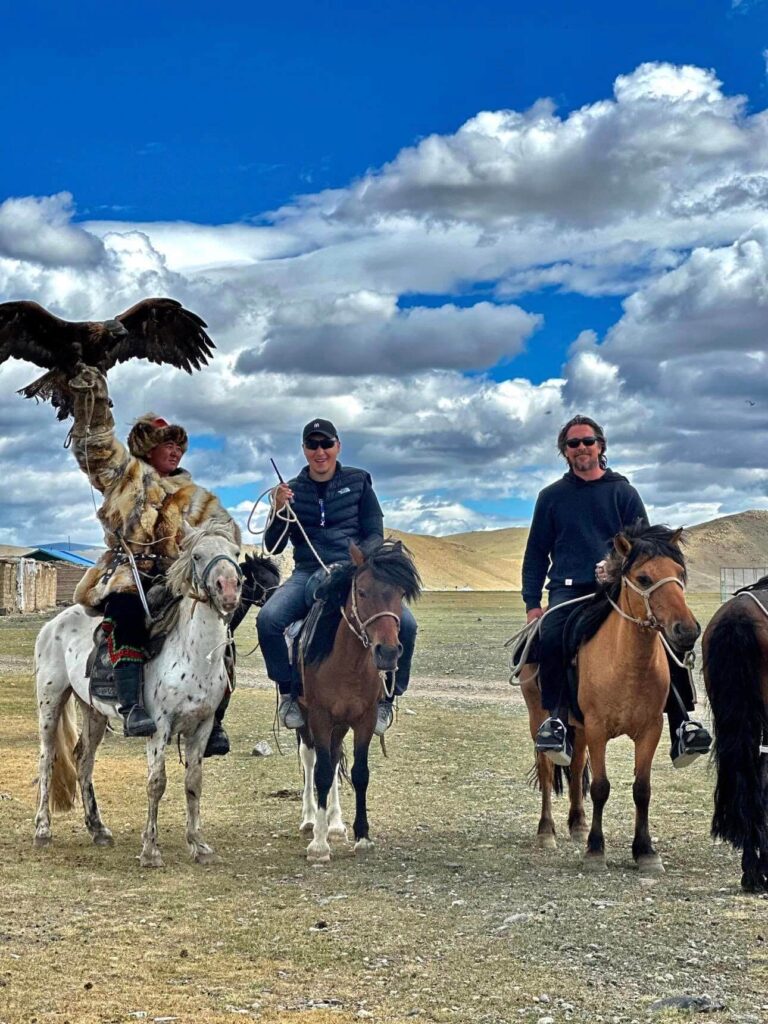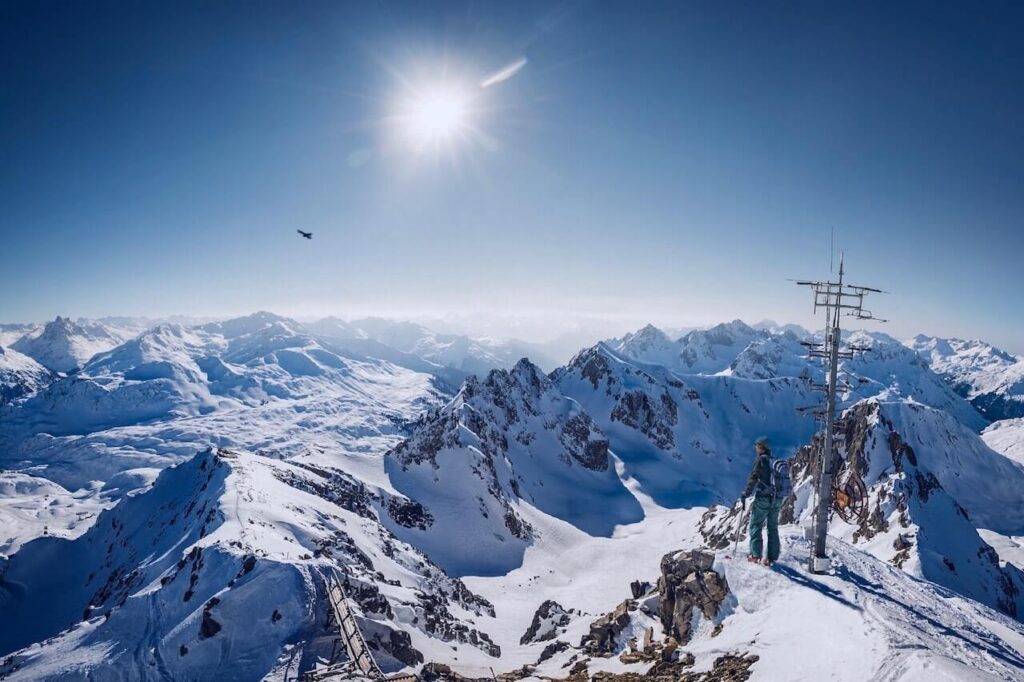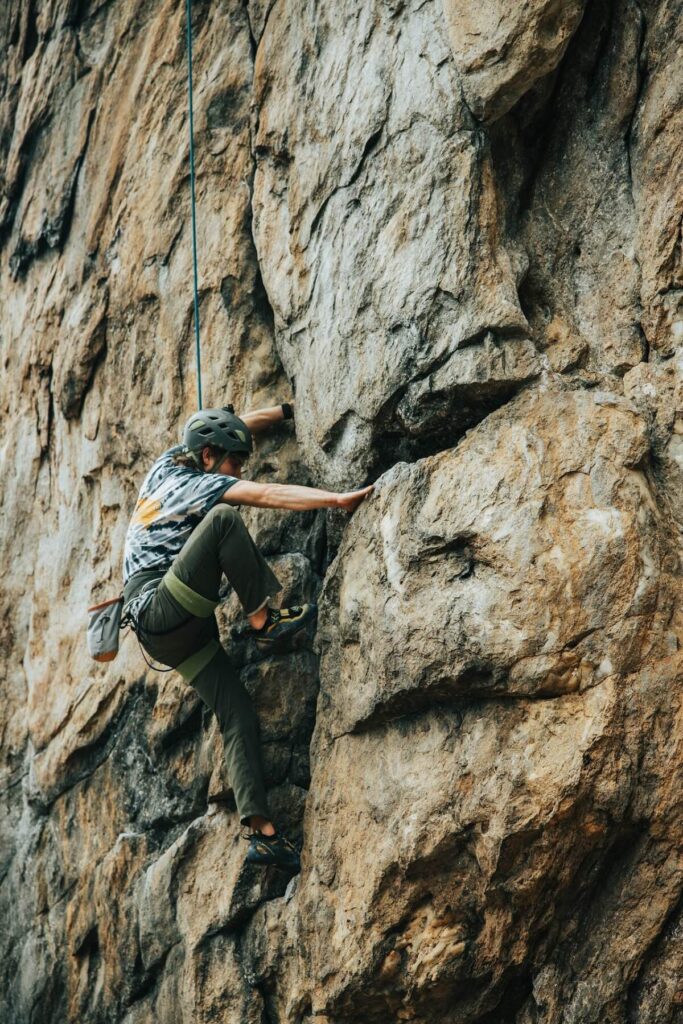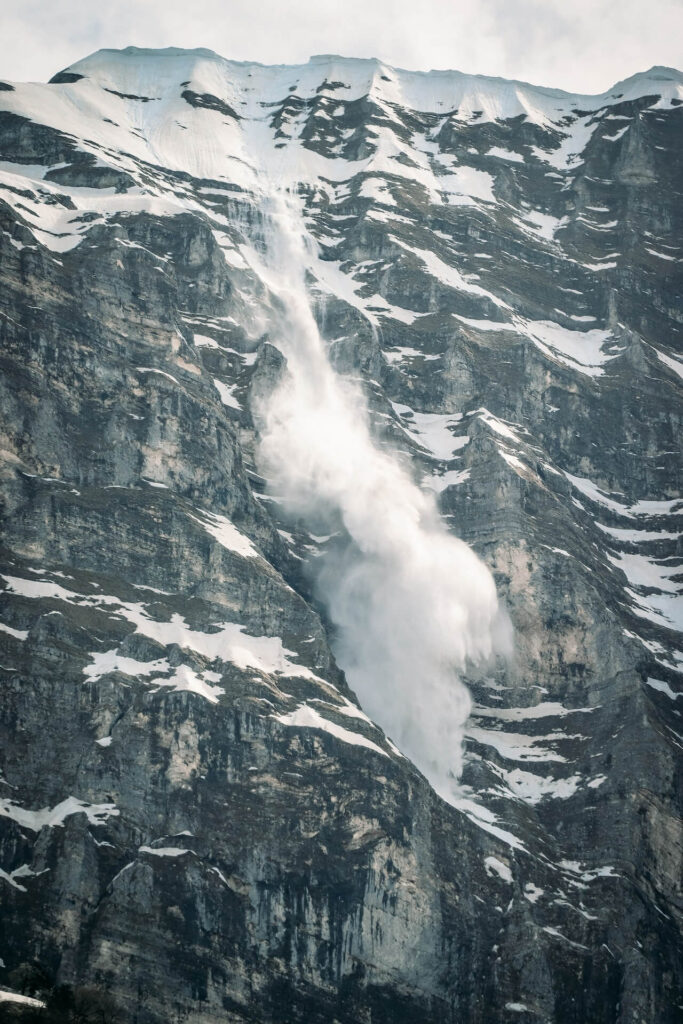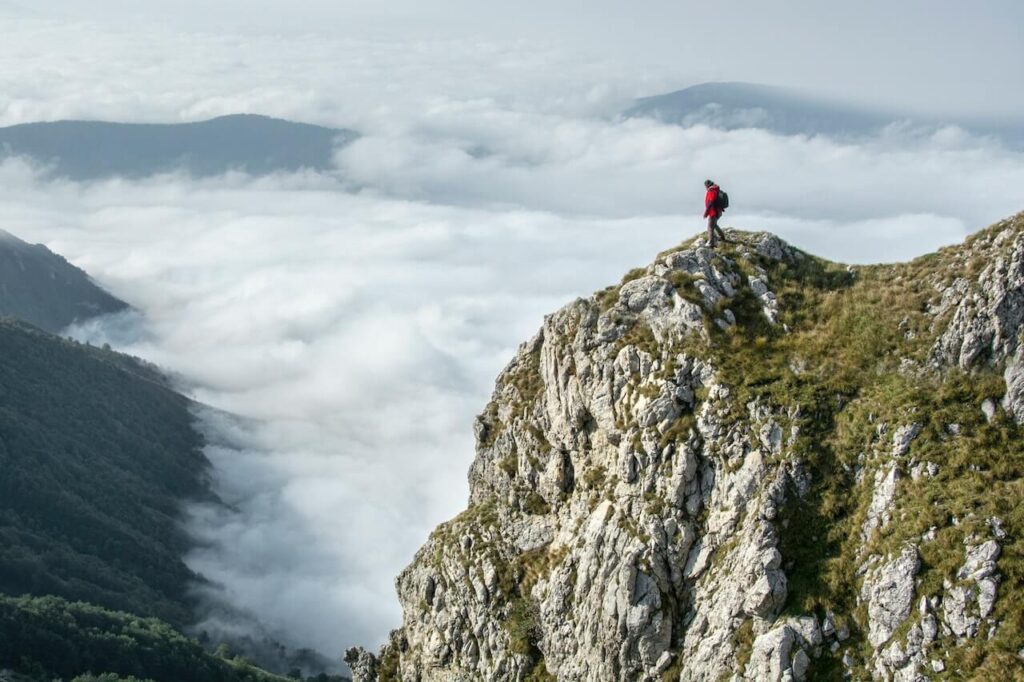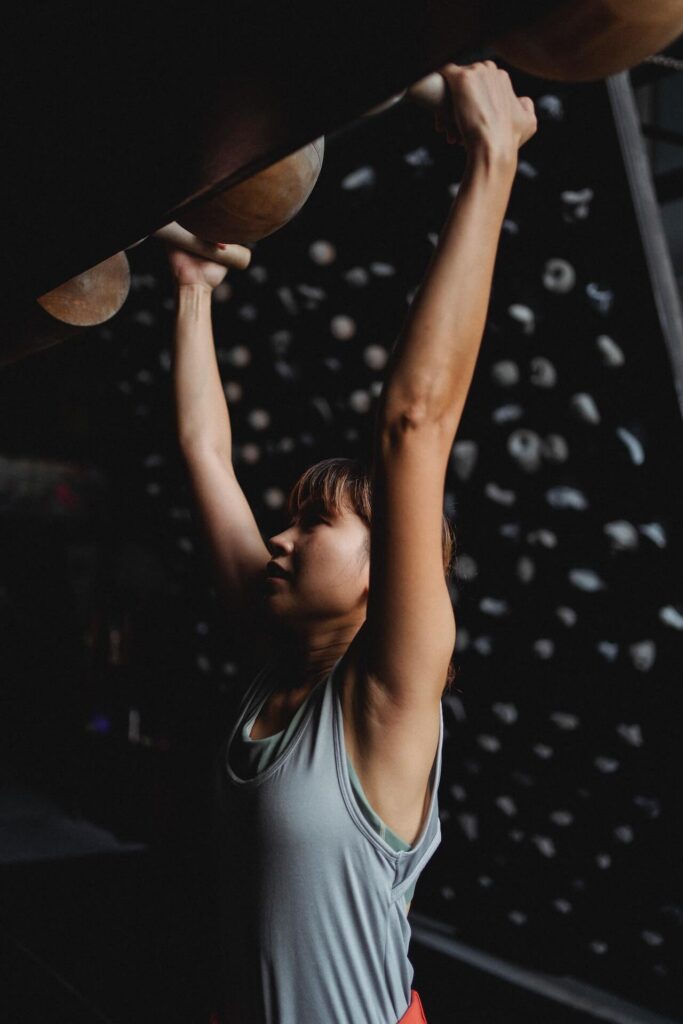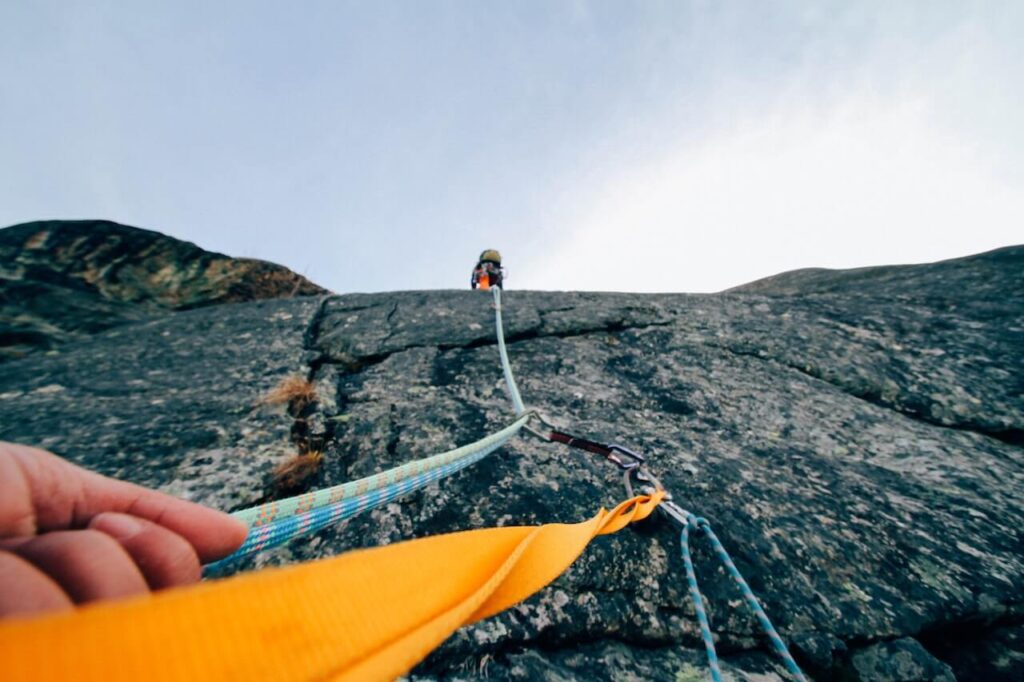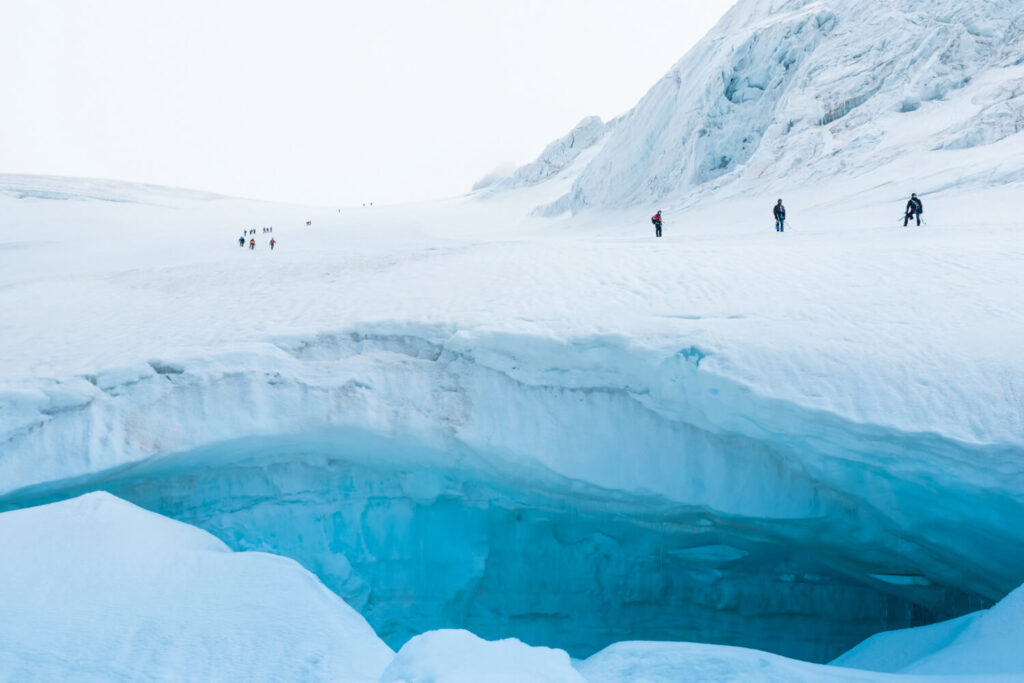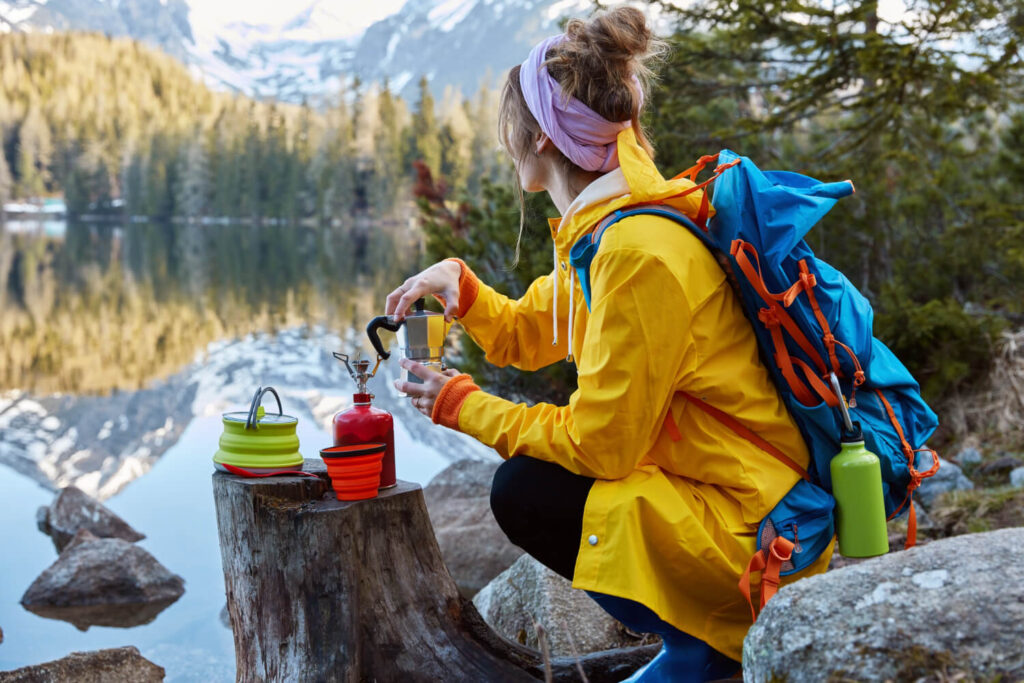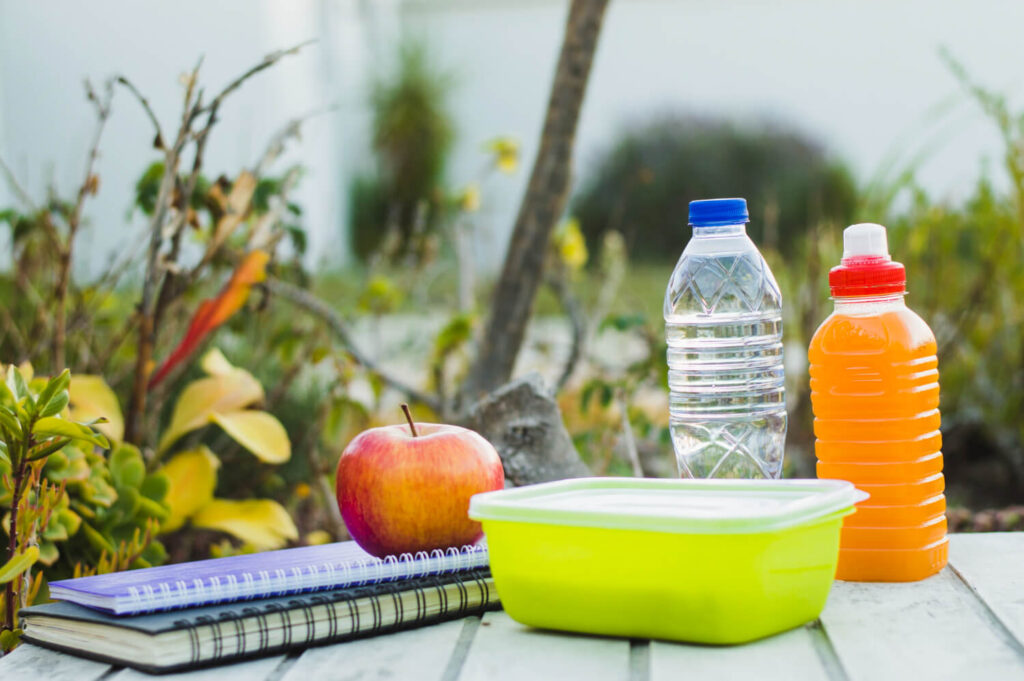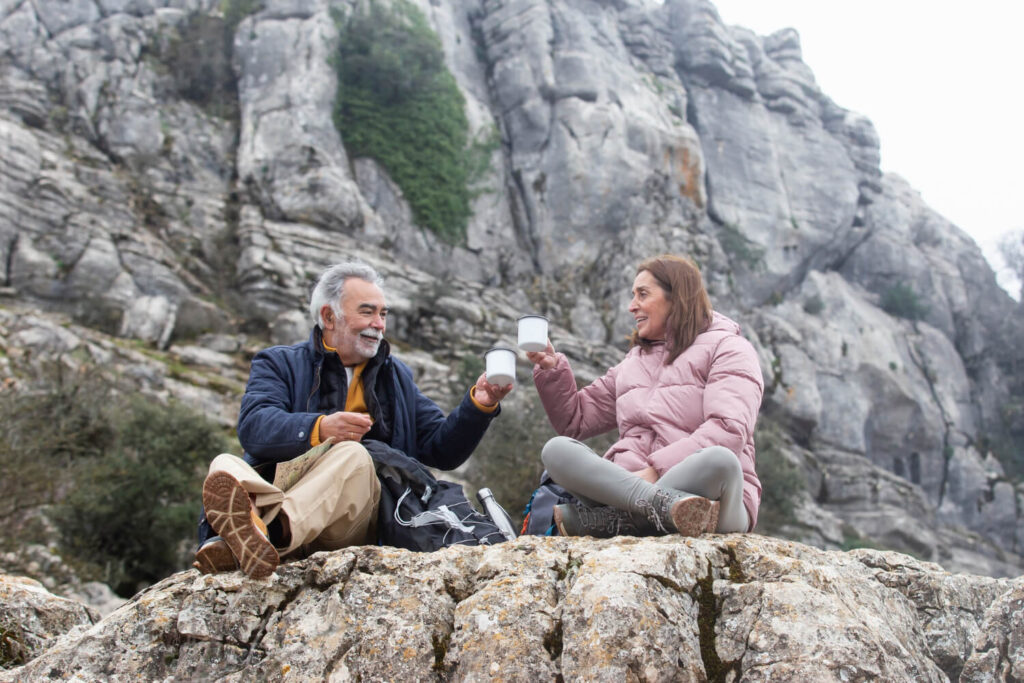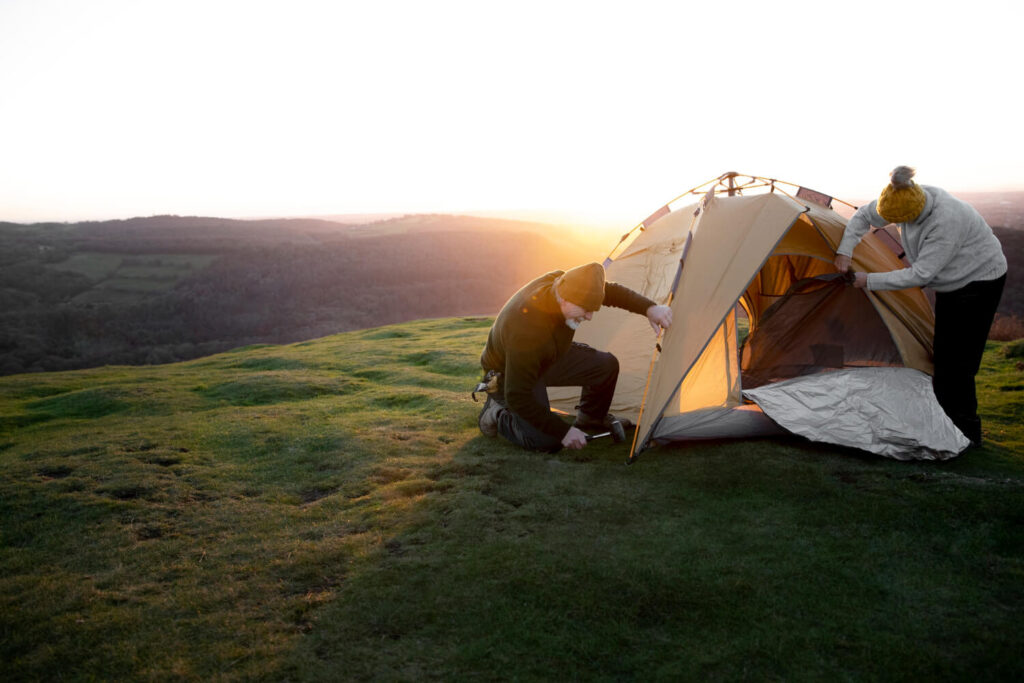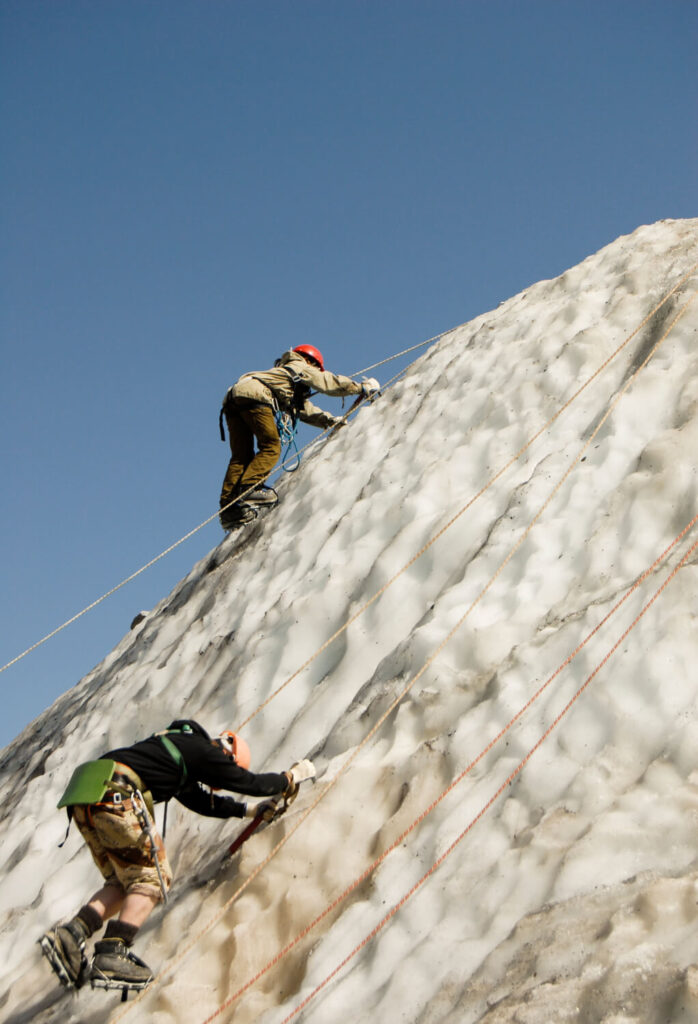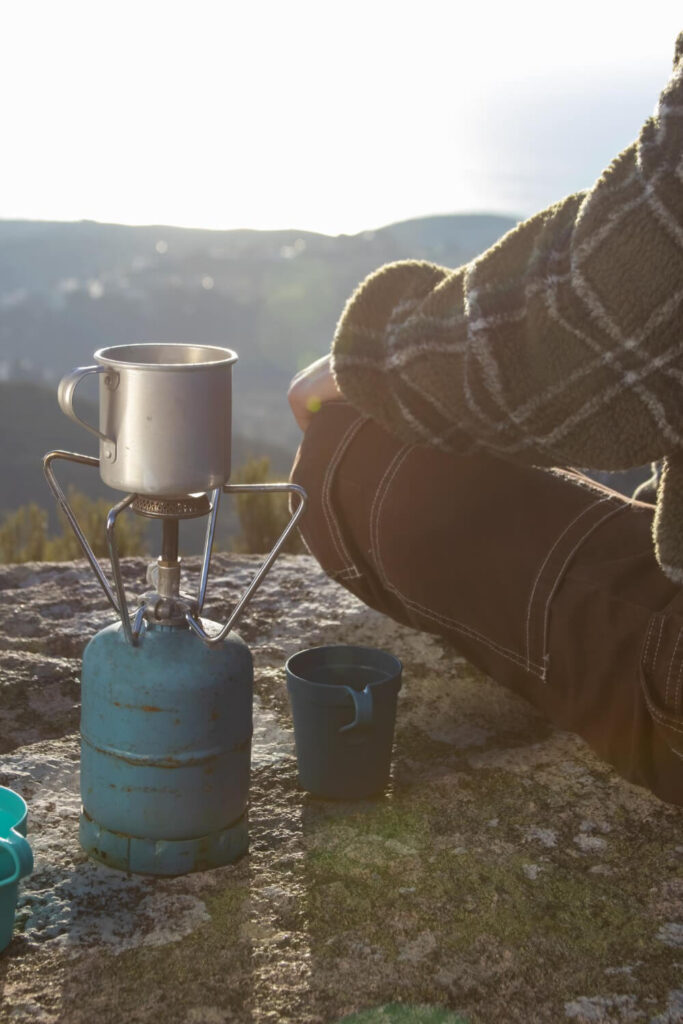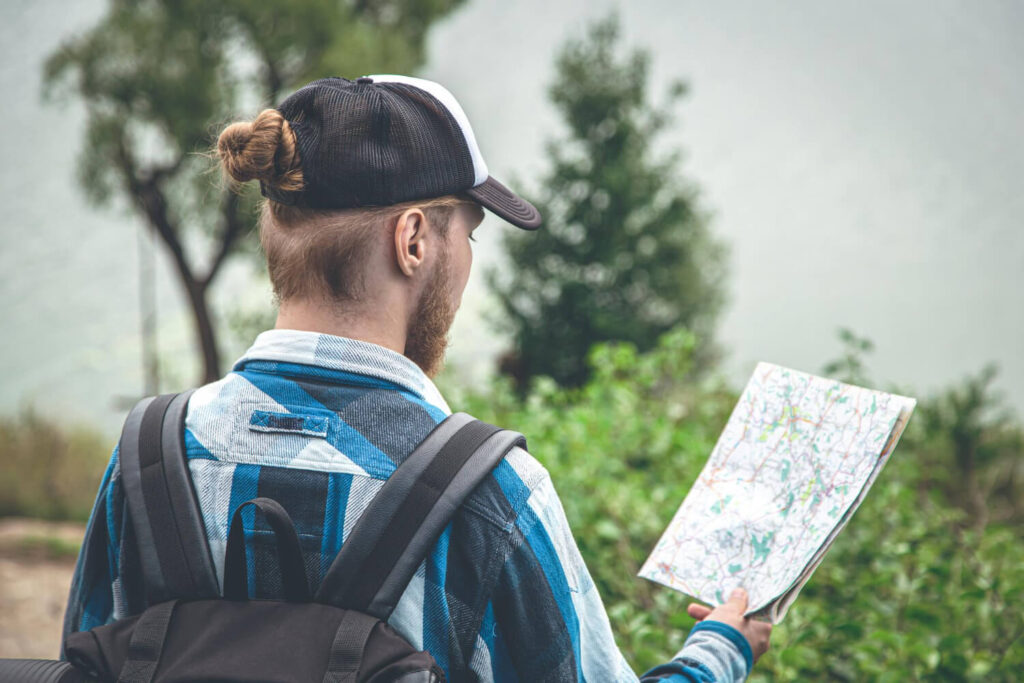Easy Mountaineering exercises at home – Since I moved to a smaller home, I knew I had to find ways to stay active and keep my body in shape. Mountaineering exercises at home were the perfect solution for me! This type of exercise has helped me improve my strength and agility while having fun at the same time.
Cardio and strength-training exercises that focus on areas of the body most heavily impacted by climbing are key.
By doing so, you will build up endurance and strength in your leg muscles and core – resulting in a more enjoyable experience on the mountain.
We offer you CLIMB MOUNT KHUITEN MONGOLIA. Mount Khuiten is the highest peak in Mongolia, which is located in the remote area of the Mongolian Altai region. It will be wonderful 🤩🤩
Stretching and doing exercises that focus on your core muscles will help improve your balance. You can increase flexibility by warming up with a full range of motion before other types of training and by stretching during cool-down sessions. Some climbers also like to add yoga to their training plans.
You can follow the exercises below, or use it as a starting point to develop your own training plan. If you find yourself unable to get outdoors to train, here are some at-home exercises for dedicated mountain climbers that will help maintain the necessary physical strength required indoor or out.
MOUNTAINEERING WORKOUT
Keep the following guidelines in mind for a great workout:
- If an exercise is painful, modify it or skip it altogether—and take more days off if necessary to recover.
- Always warm up before starting your routine. You can warm up by doing an easy 5-10 minute jog outside or any aerobic activity that gets your heart rate up slowly.
- At the end of each exercise, take a rest for 30 to 45 seconds (unless stated otherwise).
- After you do one set of each of the following exercises in succession, take a two-minute break and repeat the entire set of exercises. If you have time, doing a third set would be ideal.
PLANK (CORE)
To develop core strength for climbing, which improves balance and control of your movements, do a plank. Assume a push-up position, making sure your back is straight. If you can’t hold the push-up position, bend your elbows 90 degrees and drop down to rest on your forearms. Hold either position as long as possible.
If you’re feeling up for a challenge, try this pushup variation: lift your opposite leg and arm while in the pushup position. Plank with your right leg and left arm in the air, then switch after holding each position for as long as desired.
SQUATS (LEGS & CORE)
To strengthen the muscles of your legs and core, do a set of squats. Hold your hands in front of you and squat down as if sitting on an invisible chair. When standing back up, use your leg muscles to lift yourself up, not momentum or your arms.
You can make the exercise more challenging by adding a medicine ball to your workout. Hold a medicine ball at arm’s length as you squat down and come back up, keeping the ball in front of you throughout the movement.
MOUNTAIN CLIMBERS (LEGS & CORE)
Mountain climbers are an intense bodyweight exercise that will help build strong leg and core muscles in preparation for the mountain. Position yourself in a plank position, with your arms slightly bent and your body stretched out.
Make sure your back is straight throughout the exercise. Bring one of your knees up to your chest, then switch legs and repeat as quickly as possible.
With each repetition, try to drive from your arms and lift your hips higher. This will help build explosive strength in your core and legs, which is key for mountaineering.
You can make the exercise more challenging by doing a variation known as “Grasshoppers”, where you jump both feet outside of your hands and then back into plank position after each repetition.
DOOR FRAME PULL-UPS (UPPER BODY)
To test the sturdiness of your door’s wood frame, do a few short hangs. Instead of going for the max number every time, try shorter sets of pullups. Use an open crimp position with your thumb down (not wrapped around), similar to when you use a hangboard.
And if you hate crimps as much as most people do, find a tree branch instead! If one side is higher than another, switch which arm is positioned higher on each turn to balance it out.
For door frame pull-ups, if you’re struggling a little bit, put yourself under a table or railing with your legs out like where the chairs would be. Wrap your hands around the edge of the table with your palms facing inward and pull yourself up and down. Make sure to keep your feet on the floor throughout this exercise.
SINGLE-LEG DEADLIFT EXERCISE
Single-Leg Deadlift Exercise is a great way to help improve balance and strengthen your lower body. Start by standing on one leg and bending your other knee slightly in front of you.
Lean forward from the hip, keeping your back straight, until you can touch the ground with your fingertips or toes. Keep your supporting leg slightly bent throughout the exercise for stability.
To make the exercise more challenging, start with your arms overhead and lean forward while bringing one arm down to the ground. Then stand back up and bring the other hand down to touch the floor, alternating sides with each repetition.
After each exercise, take a few minutes to stretch and relax. Mountaineering has its own unique set of physical demands and it’s important that you stay limber and flexible. Keep challenging yourself by increasing the intensity and reps of each exercise, but always listen to your body. If something starts to hurt or feel off, stop and take a break.
Mountaineering should be enjoyable, so don’t push yourself too hard. With time and practice you’ll be able to reach the summit!
Happy Mountaineering!

